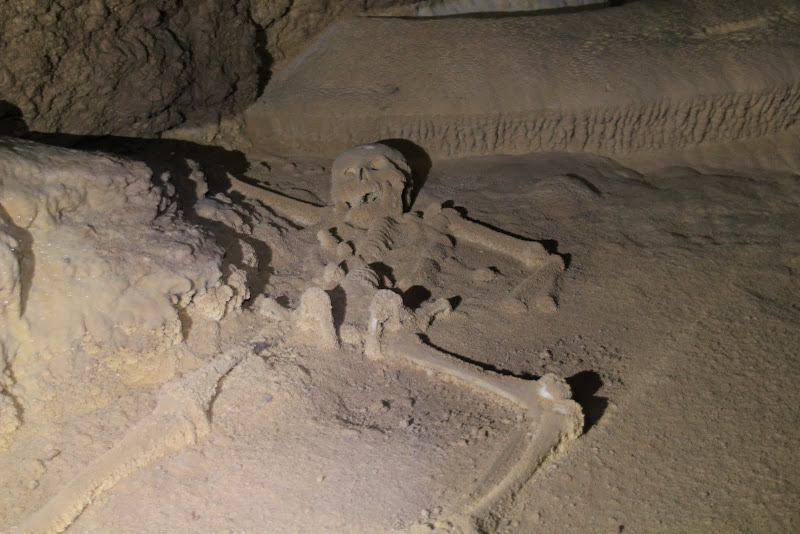We were able to go to some Mayan ruins called Carocal that date from 600 to 900 A.D. These ruins are not as large as Tikal in Guatemala or Chitzen-Itza in Mexico, but they have thousands of smaller ruins yet to be excavated. Here is the largest structure at Carocal which was reserved for royalty.

To put things in perspective as to how large this things is, this structure below is actually the really small mound that you see on the top left hand corner of the first picture.

The view from on top was beautiful!

There were intricate carvings everywhere to commemorate significant events.

I thought it was interesting that Carocal is located 17 miles from any river. The Mayans actually built reservoirs lined with slate.
If you look closely, you can see long brown sacks on this tree. The male bird builds these sacks for mating (I don't remember the species). When he completes it, a female will inspect. If she approves, they go inside and get busy; if she does not approve, she cuts it down!

Here is a palm tree that is being engulfed by a parasite plant that will eventually choke the it to death.

I also thought this tree was interesting. Because there is not much topsoil to anchor this tree, it has compensated by growing some interesting supports.

We were also able to visit a couple of caves. Caves were considered a very special/spiritual place to the Mayan people. After smoking a hallucinogenic plant, they would go into the caves to burn incense in pottery and perform human sacrifices (creepy). The Actun Tunichil Muknal (ATM) cave was the most intense and most fun cave that we visited. Here we are with our hard hats and flashlights ready to swim through the cave entrance.

Throughout most of the cave we walked through water up to our knees, sometimes our waists, and a couple of time it was deep enough to swim for a few yards.

The cave formations are beautiful.

Here is a complete skeleton of a Mayan young woman probably 17-21 years old.

Almost all of the pottery was broken for ceremonial reasons.

We could not wear shoes in part of the cave for fear of causing damage to the artifacts. These formations are referred to as "the cathedral."

















































